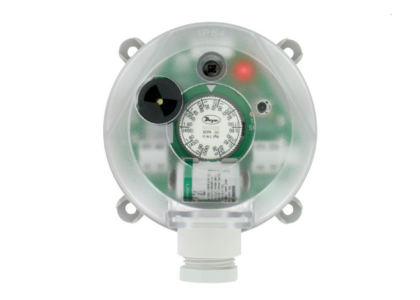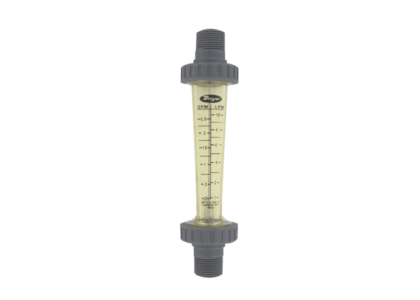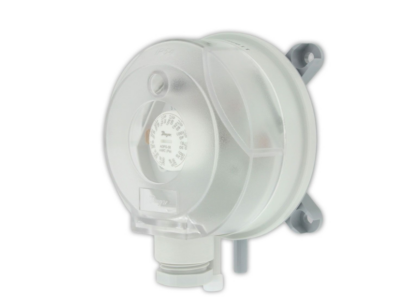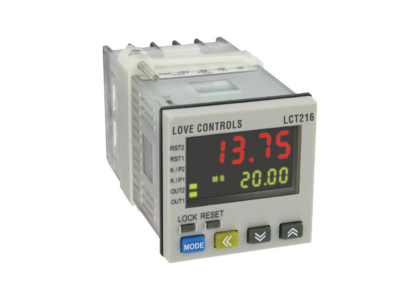Natural disasters can be a major source of fear and uncertainty for businesses, as they have the potential to disrupt supply chains and cause significant economic losses. From hurricanes and earthquakes to wildfires and pandemics, these events can strike at any time and wreak havoc on even the most well-established supply chains. However, by taking proactive steps to prepare for and mitigate the risks associated with natural disasters, companies can minimize the impact on their operations and maintain stability in their supply chains.
Five tips to keep your supply chain stable during natural disasters.
Here are five tips to help keep your supply chain stable during natural disasters:
1. Identify and assess potential risks
The first step in preparing for natural disasters is to identify the specific risks that your supply chain may face based on your geographic location and the types of products or services you provide. This could include risks such as hurricanes, floods, earthquakes, wildfires, or even pandemics like COVID-19.
Once you have identified the potential risks, assess their likelihood and potential impact on your supply chain. This will help you prioritize your preparedness efforts and allocate resources accordingly.
For example, if you operate in a region prone to hurricanes, you should have a plan in place to protect your facilities, secure your inventory, and ensure the safety of your employees. If you rely on suppliers located in earthquake-prone areas, you should have alternative suppliers lined up in case of disruption.
2. Develop a comprehensive disaster preparedness plan
Having a well-thought-out disaster preparedness plan is crucial for maintaining stability in your supply chain during natural disasters. This plan should include strategies for protecting your facilities, securing your inventory, and ensuring the safety of your employees.
Your plan should also include contingency measures for dealing with disruptions to your supply chain, such as alternative suppliers, backup transportation routes, and emergency stockpiles of critical materials or components.
For instance, if a hurricane is approaching, your plan should outline the steps you will take to secure your facilities, evacuate employees if necessary, and ensure that you have sufficient inventory to meet customer demand during and after the storm.
3. Foster strong relationships with suppliers and partners
Building and maintaining strong relationships with your suppliers and partners is essential for maintaining stability in your supply chain during natural disasters. By fostering open communication and trust, you can work together to anticipate and mitigate potential risks.
For example, if a supplier’s facility is damaged by a natural disaster, having a strong relationship with them can make it easier to work together to find alternative solutions, such as shifting production to another facility or finding alternative transportation options.
4. Invest in technology and data analytics
Leveraging technology and data analytics can help you gain greater visibility into your supply chain and make more informed decisions during natural disasters. By using tools such as supply chain management software, real-time tracking systems, and predictive analytics, you can identify potential risks and bottlenecks more quickly and make more informed decisions about how to respond.
For instance, if a wildfire is threatening to disrupt a key transportation route, having real-time tracking data can help you identify alternative routes and adjust your shipments accordingly. Using predictive analytics can also help you anticipate potential disruptions and take proactive measures to mitigate their impact.
5. Regularly review and update your disaster preparedness plan
Natural disasters are unpredictable and can change rapidly, so it’s important to regularly review and update your disaster preparedness plan to ensure that it remains relevant and effective. This includes incorporating lessons learned from past events, adapting to changes in your supply chain, and incorporating new technologies and best practices.
For example, if a pandemic like COVID-19 disrupts your supply chain, you may need to update your plan to include strategies for remote work, virtual collaboration, and contactless delivery. By regularly reviewing and updating your plan, you can ensure that your supply chain remains resilient and adaptable in the face of any natural disaster.




